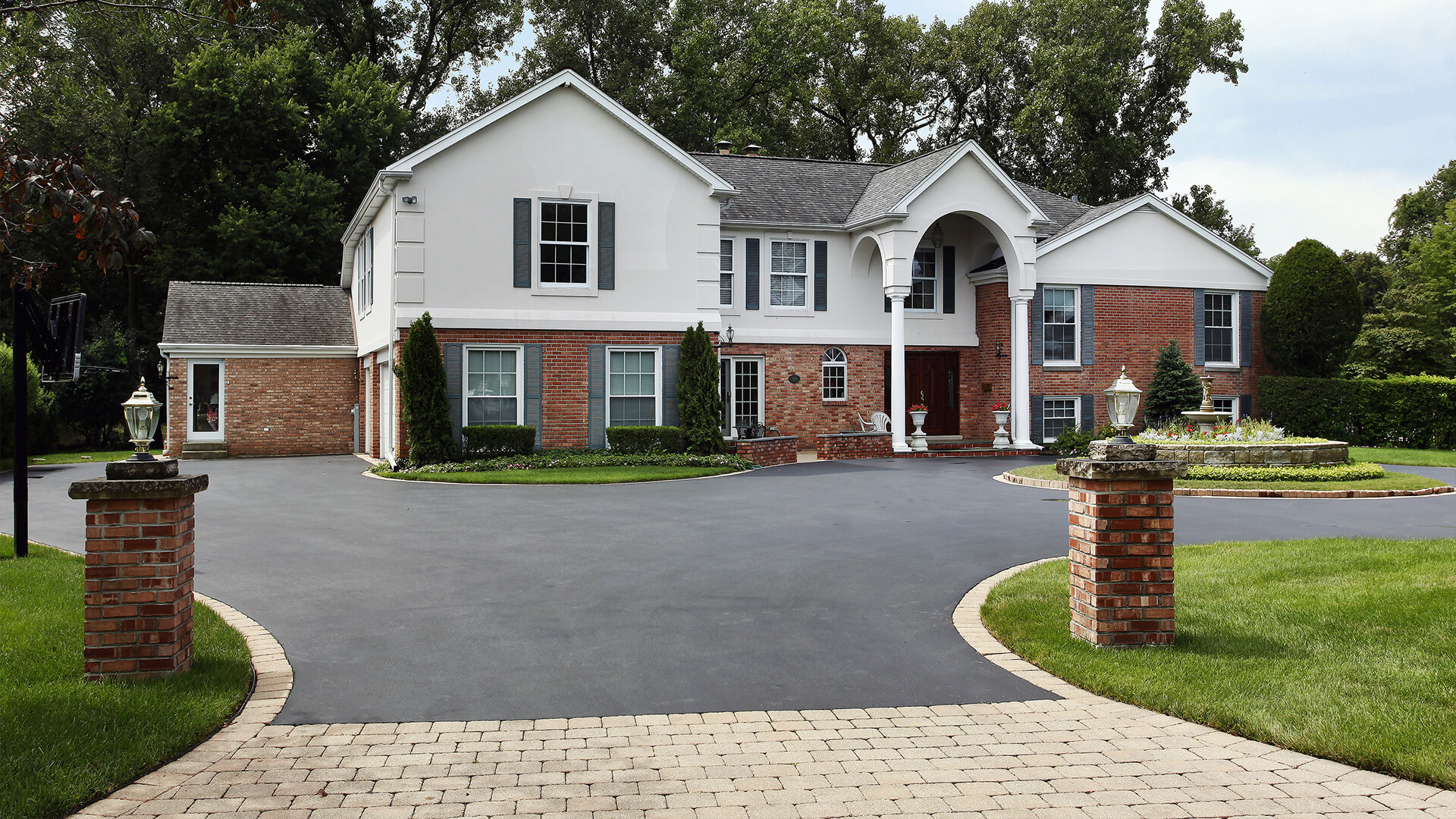If traditional flooring materials, such as wood or stones, are out of your budget, you may consider choosing vinyl or laminate flooring. These are two of the most in-demand surfacing materials today. They are less pricy and more attractive alternatives to wood and stones. Their durability is also not in question.
Vinyl and laminate flooring are arguably the best choices for those with budgetary constraints. They look identical from a distance, are easy on the pocket, and offer ease of installation. But, then there are many factors that you need to consider before selecting one for the flooring in the home. Did you know the difference? If not, this blog will take you through a comparative overview of both. Let us first start with what vinyl and decorative laminate sheets are.
What is Vinyl Flooring?
Vinyl flooring is a product made from different layers sandwiched together to form a durable and affordable surfacing material for floors of all types. It finds extensive applications in domestic and commercial spaces. Vinyl flooring mainly comes in two types: Luxury Vinyl Tiles (LVT) and vinyl rolls. Both types use almost the same materials but have a distinct construction to produce different effects. For instance, the plank construction is suitable to replicate hardwood floors.
Vinyl Flooring And Its Construction
Vinyl flooring typically consists of four different layers fused one on the other. The bottom layer is the backing, usually made of crock or foam. This layer serves as the underlayment and eliminates the need for installing another material underneath the vinyl flooring. In addition, it functions as a cushion for the floor, makes walking more comfortable, and keeps noise at bay while walking on the floor. The other layers are the inner core, the decorative layer, and the wear layer.
What Is Laminate Flooring?
Laminate flooring is a synthetic surfacing material extensively used in homes, offices, and other commercial spaces. It can resemble different shades and textures of natural wood and even stones. Laminate sheets are aesthetic enough to take the décor to the next level without falling heavy in the pocket. When talking about durability, it can last for years after installation.
Laminate Flooring And Its Construction
Like vinyl, laminate flooring is also composed of four different layers sealed together in the laminate process. Each layer serves a distinct purpose and is fused using high heat and pressure. The top layer or the wear layer acts as a protective shield against potential scratches and stains associated with foot traffic and unexpected spills. Beneath it is the decorative layer, which is nothing but a high-resolution image replicating wood and other natural materials. The next is the inner core—a durable, high-density board that protects the floor from indentation and moisture. The bottom layer is responsible for backing the floor. It balances the floor.
Key Differences
Look and Comfort
Vinyl flooring planks use a photographic image under a hard, clear wear layer. These images generally mimic different wood species, such as oak, maple, or hickory. However, not all vinyl flooring offers a realistic feel or appeal.
Decorative laminate flooring has a transparent wear layer sealed on a high-definition photographic layer to recreate the look of the original wood or stone. It is available in nearly every colour, species, and variety of natural wood and stone. You can find them in a range of wood patterns, tones, and styles.
Lifespan
Vinyl sheets are durable material. Top-quality vinyl flooring can last up to 25 years, while thinner sheets can have a lifespan of up to 10 years.
Laminate sheets can last anywhere between 15 to 25 years if maintained as instructed by the manufacturer. Like vinyl, laminate sheets also come with instructions for usage for maximum lifespan. If procured from a reputed laminate flooring brand in India, it can last longer than the expected time.
Installation
Like decorative laminate sheets, vinyl flooring is easy to install. You can glue it on the subfloor or install it loose-laid. It comes in the form of planks or tiles that may need liquid adhesive or have a self-stick adhesive backing. The loose-lay vinyl sheets construct a floating floor with planks attached side-to-side.
Laminate sheets feature interlocking planks that construct floating floors. As with vinyl flooring, planks attach side-to-side. You can easily cut it by scoring it with a utility knife and snapping it off.
Properties
Vinyl floors are completely waterproof. They are highly resistant to water and retain their shape, appearance, and dimensions even if damped in water. Just like a plastic sheet, they are sensitive to extreme heat.
Laminate flooring has a wood-based core. It gets fragile when water sleeps into it. Water pooled on the surface can work its way below and into the core. The core will soak up the water, and it can affect the shape and dimensions of the floor. Decorative Laminate sheets have a high-density fibreboard core that remains unaffected by heat or high temperature. However, the top layer may melt under extreme heat.
Now that you have known some major differences between these two flooring options, it is all up to you which one works better for you.




